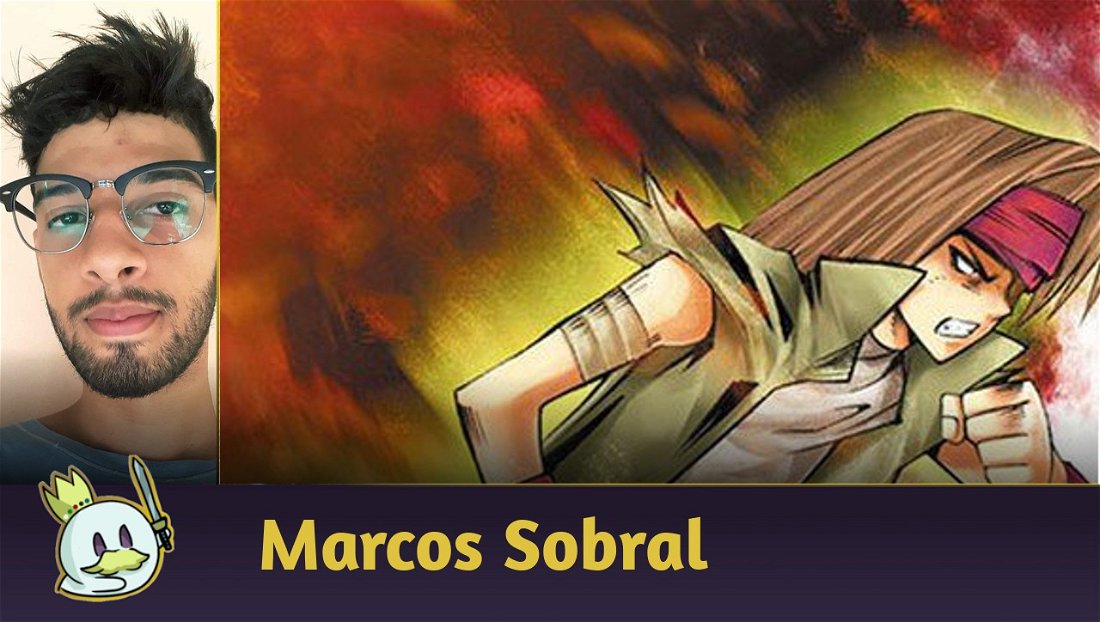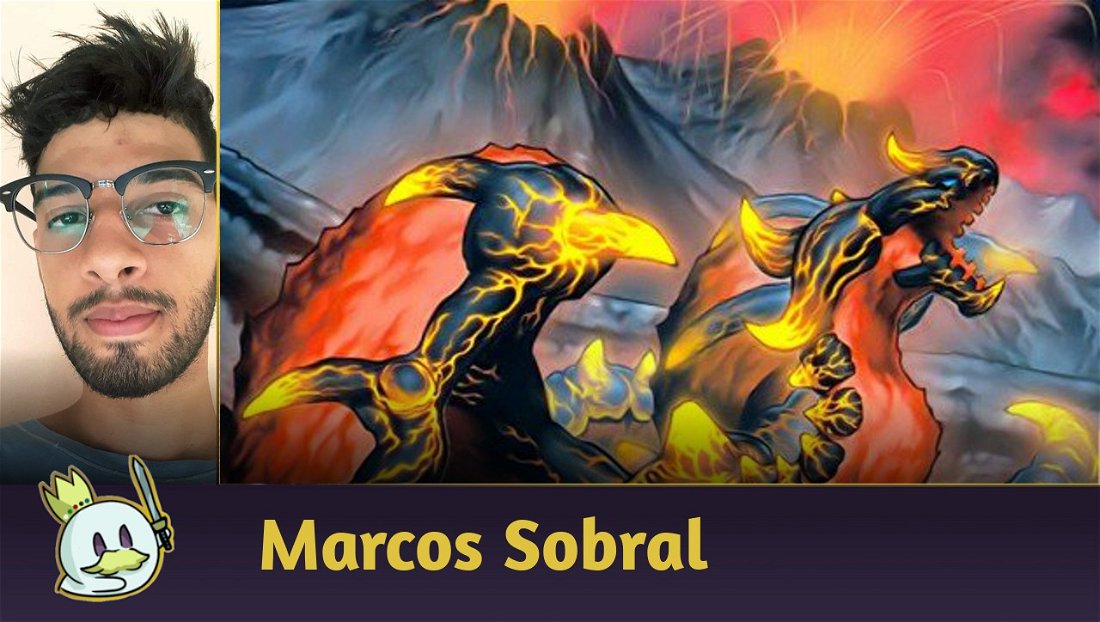Introduction
More than 2 months have passed since the last banlist went into effect on the Yu-Gi-Oh! TCG, many players are already preparing for a new update, and despite there being no official confirmation from Konami, the idea holds up because the national tournament season will start next month.
In addition, there will be the release of the new Cyberstorm Access expansion, which brings promising cards to the game, but that need the current decks to be weakened to be really impactful.
Thus, I will analyze the strongest cards used in the main decks currently and that are on the radar of a possible new banlist!
Semi-Limited

The Runick engine became popular throughout the format and is present in the meta as a tier 1 deck with the Naturia Runick deck, and in addition, it also appeared and performed well in more peripheral variants with Spright, Fur Hire and Plunder Patroll.
Runick cards have simple, but very useful and versatile effects, such as negating monster effects and destroying cards and, in addition, they are also consistency cards because they can access the archetype's fusions, mainly Hugin the Runick Wings, which has the effect of seeking the Runick Fountain, the most important card in the deck.
As a result, I believe that the semi-limitation of the 4 cards above is quite viable, as it is a way to reduce the consistency of the deck, but without completely disabling it.
Limited

Even after losing several cards in previous banlists, Spright has been renewing itself with each format and has remained a solid tier 1 since its launch.
For this reason, it is very likely that the next banlist will once again be heavy on the deck, and a strong drop in deck consistency would be the limitation of Spright Jet, which is the archetype's spell and trap seeker.

Pot of Prosperity is considered by many to be the best generic consistency card in the game's history, and since it is being used so well by decks in the meta, its limitation is expected by the community. This drop would affect Labrynth, some Spright variants, and especially Kashtira, as the card has synergy with Kashtira Arise-Heart.

The Adventure Token engine reappeared in the Metagame, mainly in YCS Lima, where two Spright Adventures held the grand final and, in addition, a Salamangreat Adventure constituted the top 4 of the competition.
In this way, the limitation of Rite of Aramesir is just like Runick's hits, a drop in consistency, but without killing the deck. Thus, the engine becomes more dependent on the Water Enchantress of the Temple, which is much more susceptible to handtrap interactions.
The reason for lowering the consistency of decks without making them unplayable is that Konami doesn't usually ban expensive cards before they get a reprint. A commercial measure, but one that players who have already purchased the cards are grateful for.

The Spright Starter limitation is yet another possible big casualty that, I believe, can occur against Spright. I consider this hit even stronger than the Spright Jet limitation, since the spell allows you to combo with only a single card. Thus, in addition to reducing the consistency of the deck, this limitation would also remove its follow-up.

Skill Drain has already been limited for a long time, and since last year it has been released in 3 copies to the delight of Control players and the sadness of others.
I believe its limitation is an urgency, since most of the time, flipping a Skill Drain is practically pressing a button for victory. And even when you manage to remove one from the field, the opponent can simply have one more copy, something that will no longer happen if it is limited again.
Forbidden

Dimension Shifter is one of the strongest and most terrible floodgates in the game for making the graveyard unusable for 2 turns. Its banning is expected since past formats, when Floowandereeze became popular in the Metagame, but it didn't happen because it was a way to counter Tearlaments.
However, today "Shifter" is used by Kashtira, the main deck of the format, and is a way to disable Naturia Runick and Mathmech, decks that would normally have a good matchup against it, but that end up being countered by the deck that they should counter. .
Thus, I believe that its ban would make Kashtira more vulnerable not only to its main counters, but also to other rogues in the format.

Despite being one of the main decks, Branded Despia is low in the format in terms of representation and therefore, I don't believe that Branded Fusion will be tweaked, plus the deck is about to get even more support in Cyberstorm Access, and should last for a few more formats.
Thus, the deck card that is on the banlist's radar is certainly Branded Expulsion, the card responsible for the “FTK” of Branded Despia, when locking the opponent with Gimmick Puppet Nightmare or Ra's Disciple. Its ban doesn't affect the deck's gameplay at all, it just removes its unfair win condition.

Throughout this list, I mentioned some hits around Kashtira and the possible banning of Number 89: Diablosis the Mind Hacker is another one of them. The reason for banning generic cards around Kashtira instead of cards of the archetype is that it is a very new deck, in addition to being expensive, and it is very likely that Konami will take a while to touch it directly, as it did with Tearlaments.
By banning "Diablosis", Kashtira's ceiling decreases greatly, and it is practically impossible to completely block the opponent's card zones in the first turn.
Another important point is that there will no longer be the possibility of Kashtira winning by deck out easily, since "Diablosis" also allowed it to banish several cards from the top of the opponent's deck.
Conclusion
What did you think of the list? Did I miss any important card? Tell here in the comments.
For more information about the Yu-Gi-Oh! TCG keep following our articles, Cards Realm appreciates your collaboration!














— Comentários 0
, Reações 1
Seja o primeiro a comentar